Have you ever talked to your vehicle’s auto technician and just nodded your head feigning understanding? You nod along in agreement as automotive terms go in one ear and right out the other. Then, you’re handed a piece of paper with an illustration of a car, some red, green, and yellow colors, and a bunch of numbers that make absolutely no sense.
Deciphering this report on your own could leave you feeling like you’re trying to solve a riddle, but it doesn’t have to be. With our guide you’ll learn how to read a wheel alignment report just like the pros and the next time you’re talking with your technician, you’ll nod along with complete understanding.
Alignment is part of the suspension system and is the geometric measurement of how the wheels fall into line and rotate at the same speed and direction. When your vehicle rolls off the assembly line at the manufacturer, engineers have determined and set the vehicle to the appropriate alignment specifications.
With use, the occasional bump against a curb, or new tires, the vehicle falls out of alignment. Though it doesn’t happen overnight, gradual changes affect the alignment in your vehicle eventually requiring the need for an alignment.
That’s why it’s a good idea to have your alignment checked at least once per year.
The alignment system is measured in three different areas including camber, caster, and toe. An adjustment is needed when either of these angles fall out of their predetermined specifications.
Camber measures the angle that the wheel and tire stand relative to the road. Camber is typically positioned with a slight angle as opposed to completely upright which helps counterbalance forces due to cornering.
 Excessive negative camber will result in wear on the inside of the tire.
Excessive negative camber will result in wear on the inside of the tire.Caster measures the angle from top to bottom of the steering axis related to the suspension components at the wheel. Simply put, caster is what ensures your vehicle drives in a straight line while also providing directional stability to return to that position after completing a turn.
Toe measures the direction that the wheels are rolling. It is imperative that a vehicle’s wheels all roll in the same direction at the same time.
It is imperative that a vehicle’s wheels all roll in the same direction at the same time.
When the alignment process begins, the technician will use an alignment machine to measure the vehicle. The machine then generates a report that indicates the vehicle’s current specifications, what should wheel alignment be for your particular vehicle, and the degree of adjustment to achieve correct alignment for both front and rear wheels.
Here’s how to determine whether your vehicle has too much or too little camber, caster, or toe at a glance:
Many alignment reports are printed in full color to help the reader identify which angle is too positive or too negative.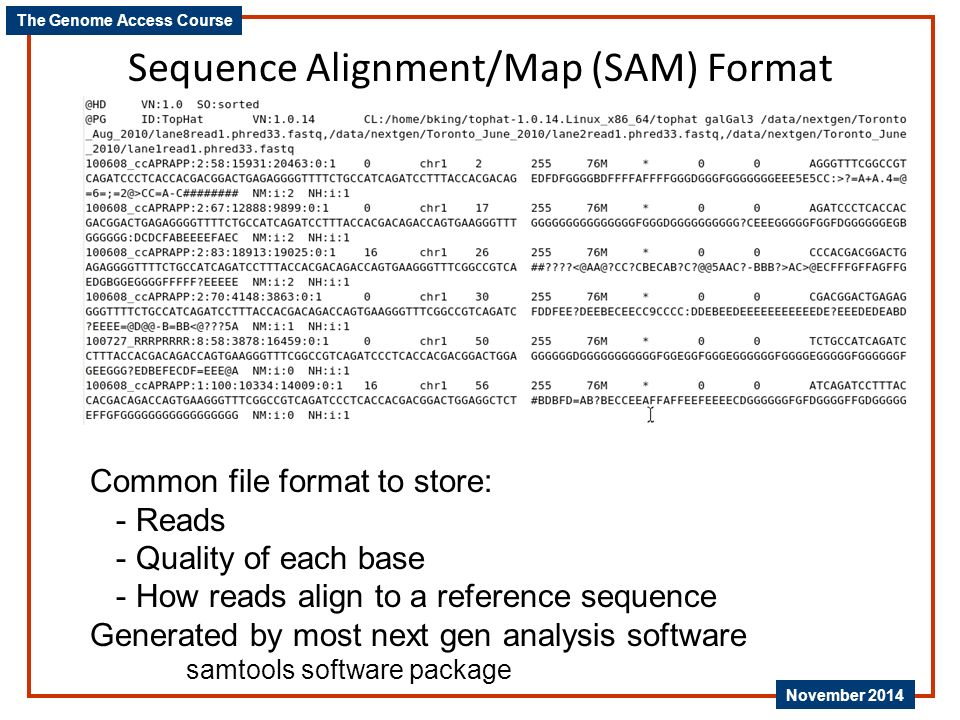 Just like a stop light, green means go, yellow means caution, and red means stop. So, too, does the alignment report. Red often indicates that the alignment is too negative or positive while green means the measurement is right on target. In some cases the report will print yellow to indicate to the reader that the alignment is approaching the predetermined limit.
Just like a stop light, green means go, yellow means caution, and red means stop. So, too, does the alignment report. Red often indicates that the alignment is too negative or positive while green means the measurement is right on target. In some cases the report will print yellow to indicate to the reader that the alignment is approaching the predetermined limit.
Inside or beside the colors, there are numbers that are measured in degrees to indicate the variances in the angle of measurement. For example, a negative number identifies when there is not enough angle in camber, caster, or toe while a positive number indicates when there is too much angle. Whether positive or negative, both numbers indicate adjustments need to be made in the opposing direction.
Now that you understand how to read an alignment report, schedule your next alignment with Sun Auto service. Our skilled technicians use only the most sophisticated alignment machines to guarantee your vehicle is aligned to the specifications set forth by your vehicle manufacturer–all in about an hour!
Still have questions about alignments and alignment reports? We love questions! Our friendly Service Advisors and Technicians are happy to answer all your questions. Give us a call or stop in today.
Give us a call or stop in today.
Driving a misaligned vehicle is no picnic. A wheel alignment adjusts the angles of your wheels to ensure your vehicle travels straight and evenly down the road. It can mean the difference between a smooth, comfortable ride and an unpleasant one with the steering wheel vibrating in your hands or pulling to one side.
Ensuring good wheel alignment is also beneficial to the health of your tires, reduces strain on your steering and suspension components and promotes better fuel efficiency. So, it is important that you know what your alignment reports are telling you. Watch our on-demand webinar, where our experts go over sample reports and provide first-hand tips and best practices on how to read and understand a wheel alignment report.
When is a Wheel Alignment Required?
Your wheels need an alignment if you have:
What to Check Before an Alignment
Before performing an alignment, it is important to do a pre-check.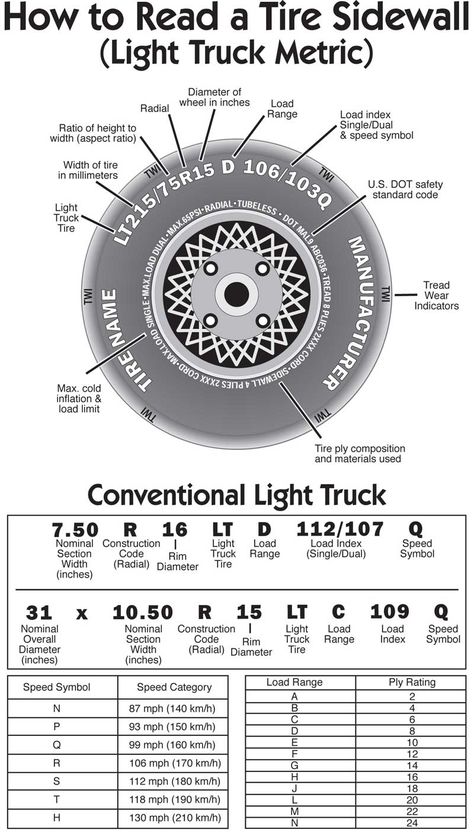 Examine all tires for damage, or irregular or excessive wear, and verify that correct sizes and pressures are being used. Additionally, examine steering and suspension components for wear or damage, check for excessive weight in passenger and cargo areas and follow the proper procedures to verify curb height is correct.
Examine all tires for damage, or irregular or excessive wear, and verify that correct sizes and pressures are being used. Additionally, examine steering and suspension components for wear or damage, check for excessive weight in passenger and cargo areas and follow the proper procedures to verify curb height is correct.
Alignment specs are usually provided in angular measurements of Degrees ( ° ) and Minutes ( ‘ ).
The primary angles are toe, camber and caster, plus the thrust or tracking angle.
Toe compares the distances between the front and rear on a pair of tires, measured in ± degrees. Toe is also sometimes defined in linear mm or inches. The further away from center, the larger the mm or inch value. With linear toe measurements it is important to know the wheel (rim) size to calculate the angle. Luckily, there are charts or angle calculators that can help.
With linear toe measurements it is important to know the wheel (rim) size to calculate the angle. Luckily, there are charts or angle calculators that can help.
Excessive toe-in accelerates wear on the outer tire edges, while excessive toe-out accelerates wear on the inner tire edges. Setting toe is done by altering the length of the tie rod assembly. When the assembly is behind the pivot point, shorten it to toe-out and lengthen it to toe-in.
Camber is the inward or outward tilt of a tire at the top, measured in ± degrees, and it is not adjustable on all vehicles. Positive camber is when the top of the tire tilts outward, causing pull to the right and tire wear on the outer edges. Negative camber is when the top of the tire tilts inward, causing pull to the left and tire wear on the inner edges.
On MacPherson strut systems, camber may be adjusted by using an eccentric bolt on the upper strut bolt location, causing the steering knuckle to pivot on the lower strut bolt.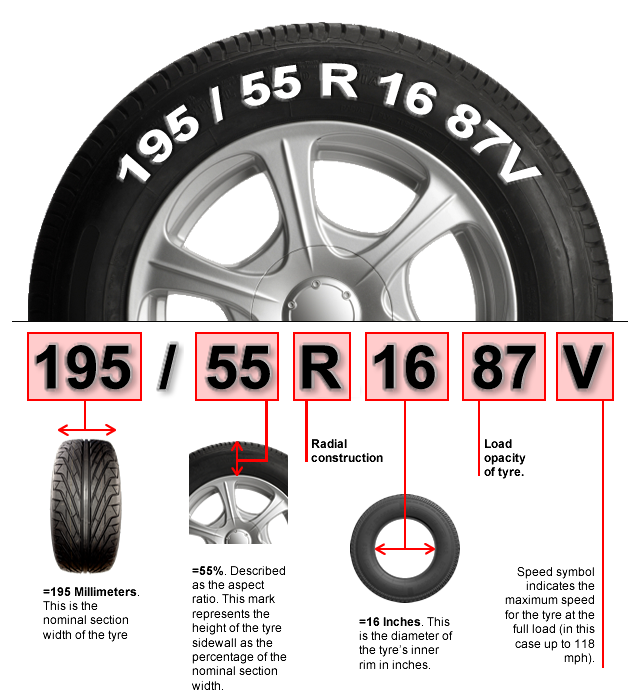 On SLA or double- wishbone suspensions, camber may be adjusted using eccentric cams on the control arm bushings or using shims.
On SLA or double- wishbone suspensions, camber may be adjusted using eccentric cams on the control arm bushings or using shims.
Caster is the forward or rearward tilt of the spindle support arm. Measured in ± degrees, the caster on most vehicles is positive and set to 3-5 degrees. Positive caster is when the top of the spindle is tilted to the rear. This helps wheels return to center when driving and improves straight line stability at high speeds. Negative caster is when the top of the spindle is tilted to the front. This is good for immediate turning, but is unstable at high speeds, and may cause shimmy, wander or pulling to the side.
Caster may not be adjustable on all vehicles or may require the movement of the subframe to correct it. On a McPherson strut system, caster may be adjusted using special adapters and moving the upper portion of the strut in its mounting position on the chassis. Some vehicles may use a radius or strut rod to adjust caster.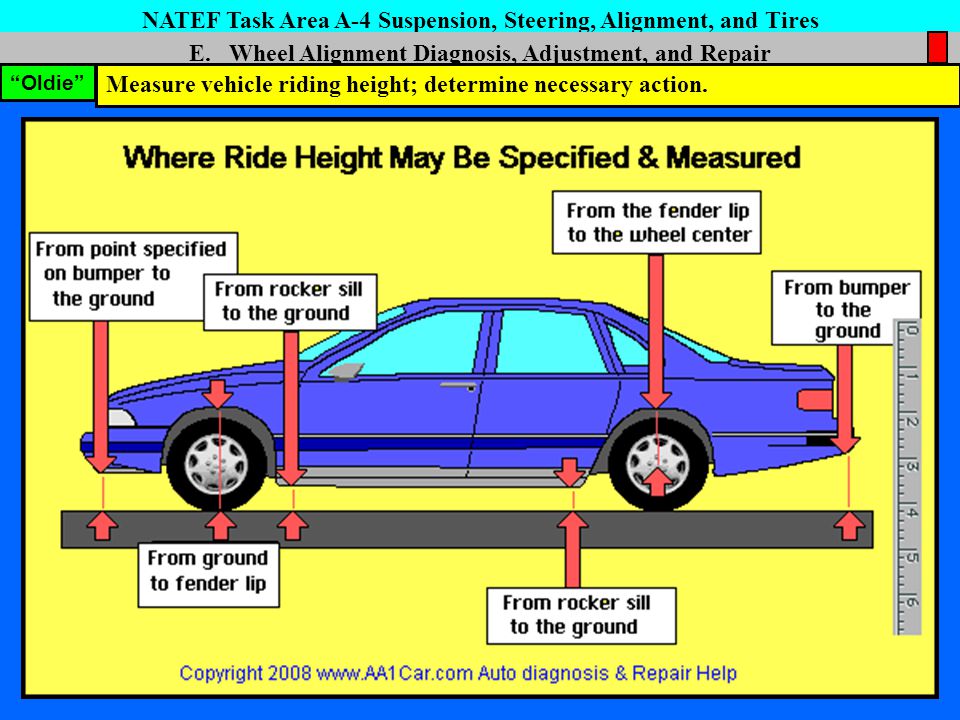
The thrust angle is the direction of thrust set by the rear wheels, compared to the center line of the vehicle. It is set by the angle of the rear axle or the toe of the rear wheels. A thrust line to the right of the centerline is positive and to the left of the centerline is negative. An incorrect thrust angle will cause poor alignment and “dog-tracking” or “crab-walking.”
Alignment Procedures
First check the vehicle’s service manual for angle specifications and the correct adjustment points, then follow the proper procedures for 2- or 4-wheel alignment.
 The thrust line should be checked, then adjustments should be made to rear camber then toe. Next, the front wheels should be adjusted, by first setting caster, followed by camber and toe.
The thrust line should be checked, then adjustments should be made to rear camber then toe. Next, the front wheels should be adjusted, by first setting caster, followed by camber and toe.Generally, the screen can be split to focus on either front or rear wheels, with the information divided between the left and right wheels, showing the angles. Alignment specifications will be dictated by the vehicle year, make, model and other trim options, and min/max values and preferred settings will be shown.
An alignment report will provide a pre-adjustment reading, or “Before Measurements,” to show the vehicle’s wheel alignment before any corrections have been made. In the example above, the vehicle has a toe-out condition on both the front and rear right wheels.
The post-adjustment reading, or “Current Measurements,” will show the vehicle’s wheel alignment after any corrections have been made.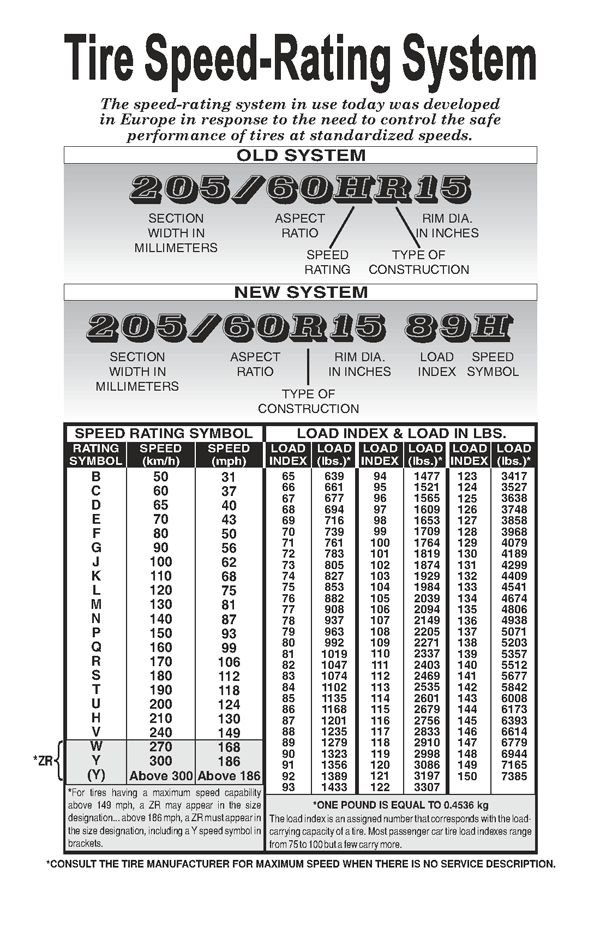 In the example above, the vehicle’s toe-out condition has been corrected and all values are in the preferred (green) range of acceptable minimums and maximums. Also, by fixing the toe angles, the total toe and steer ahead angles have been corrected.
In the example above, the vehicle’s toe-out condition has been corrected and all values are in the preferred (green) range of acceptable minimums and maximums. Also, by fixing the toe angles, the total toe and steer ahead angles have been corrected.
Overall, alignment reports come in many different styles, but all should provide “pre-” and “post-” alignment values so you can be assured the job is done properly.
To take a deeper dive into reading and understanding wheel alignment reports, with many helpful examples, watch the webinar, How to Read and Understand a Wheel Alignment Report.
Watch now on demand!
The wheels on each axle of the vehicle must be symmetrical. Otherwise, you can expect a deterioration in handling, stability on the road, as well as accelerated tire wear. Symmetry is achieved by aligning the wheels with respect to each other in the horizontal (convergence) and vertical (camber) planes. In both cases, positive and negative wheel alignment values are distinguished.
Toe-in is measured between the rear and front edges of the wheel. If the distance between the leading edges is greater, then the convergence is positive, and if this indicator is less than between the trailing edges, then it is negative. The camber is determined by the deviation of the wheels in the vertical plane inward (positive) and away from the vehicle (negative). Normally, a positive or negative value is not allowed, since optimal wheel angles are required in order to achieve the best handling.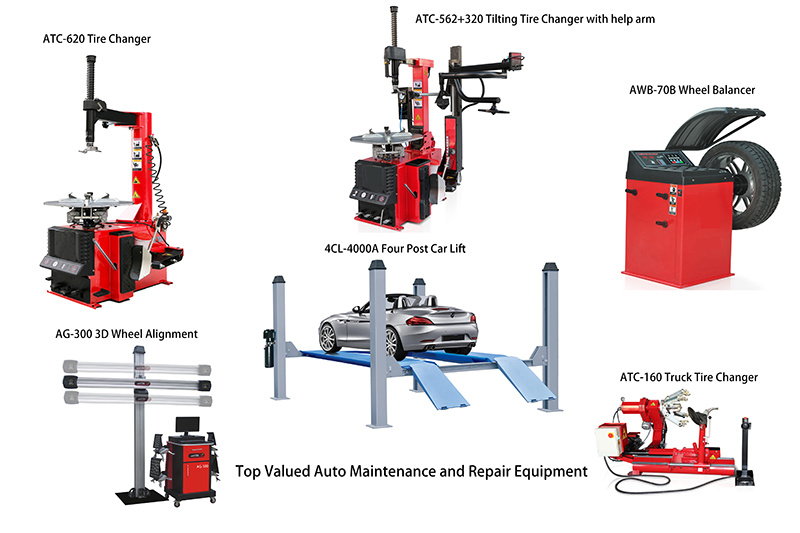
Previously, a special measuring ruler was used to adjust the toe, and technical weights for camber, showing the deviation of the wheel from the vertical axis. These methods are still relevant today at home, but do not give such accuracy as special equipment. To adjust the optimal wheel angles, a wheel alignment stand is used in a car service. This equipment allows you to determine the current location of the wheels. Using the information obtained as a result of the diagnostics, specialists perform wheel alignment adjustment in the range, according to the factory settings. The wheel position is checked on both axles. The following parameters are subject to diagnostics on the front axle:
The following values are determined on the rear axle:

After the end of the diagnostics, the result is displayed on the computer, and the operator proceeds to decrypt it.
As a rule, it is not difficult to decipher the result. It indicates all the deviations of the above parameters next to the optimal indicators recommended by the car manufacturer. When comparing, it becomes clear where the positive wheel alignment is, and where it is negative, and what exactly needs to be adjusted. By adjusting the wheels to the required angles, the craftsmen bring them to the optimal position. Upon completion of the work, the client prints out a diagnostic report and the work done. New no deposit bonuses for registration in December 2022 It indicates the parameters, divided into three columns: current, nominal and adjusted. Such a report will be clear even to the owner of the car. The main requirement for adjusting the wheel alignment is that all parameters are adjusted within the allowable degree range.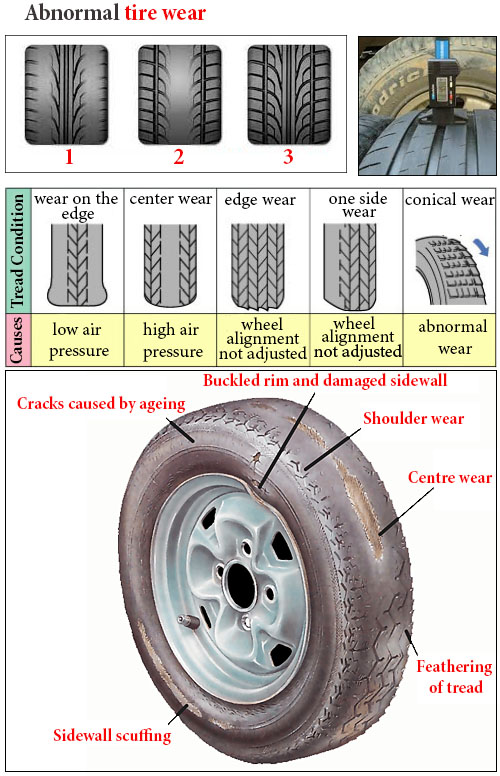
Alignment (alignment) is the adjustment of the wheels of a car relative to the body, which involves two stages: descent and collapse. It is on how correctly the wheels are adjusted that the controllability of the car and, as a result, your safety depends. Poor cornering, rapid tire wear - these are just some of the consequences of an illiterate wheel alignment.
Previously, the wheels were adjusted using special overhangs. However, today they have been replaced by modern stands equipped with optical sensors. They allow you to conduct computer diagnostics and get the most accurate values.
In this article, you will learn what wheel alignment and camber are and why they are needed, as well as read about when it is worth adjusting the angle of the wheels and why it should be entrusted to an experienced master.
Camber is the angle formed between the plane of the wheel and the vertical line.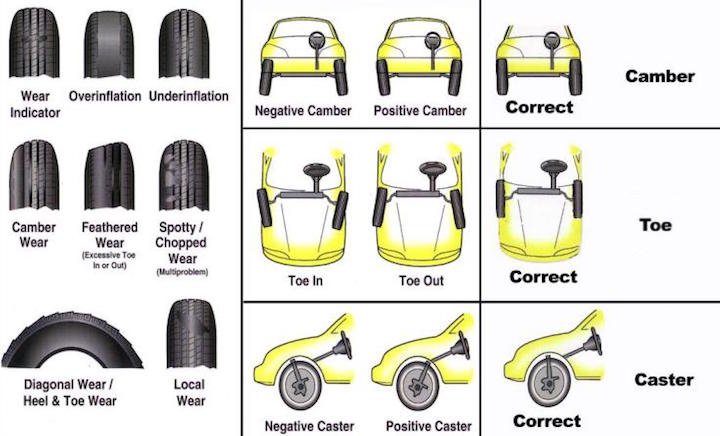 In other words, this is the vertical deflection of the wheel.
In other words, this is the vertical deflection of the wheel.
Positive camber is noted when the upper parts of the wheels located on the same axle are further apart than the lower ones. This camber is deliberately tuned on trucks. The fact is that under load the wheels go to zero.
About negative camber is said when the upper parts of the wheels placed on the same axle are closer to each other than the lower ones. Such a collapse is typical for sports cars: it allows you to enter corners at high speed as steadily as possible.
When the distance between the upper and lower parts of the wheels on the same axle is the same, they speak of zero camber . It is in this situation that the minimum wear of rubber is guaranteed.
The term "convergence" refers to the angle between the plane of rotation of the wheel and the longitudinal section of the car. If the front parts of the wheels are closer together than the rear parts, a positive toe-in is noted . If the rear parts of the wheels are closer to each other than the front ones, they say about negative convergence .
If the rear parts of the wheels are closer to each other than the front ones, they say about negative convergence .
Incorrect alignment affects tire wear much more than incorrect camber.
Incorrect wheel alignment makes itself felt by the following signs:
Properly adjusted wheel angle gives your car stability on any surface and exemplary handling. It also minimizes tire wear, reduces skidding and improves fuel efficiency.
Inexperienced motorists often decide to deal with the problem on their own.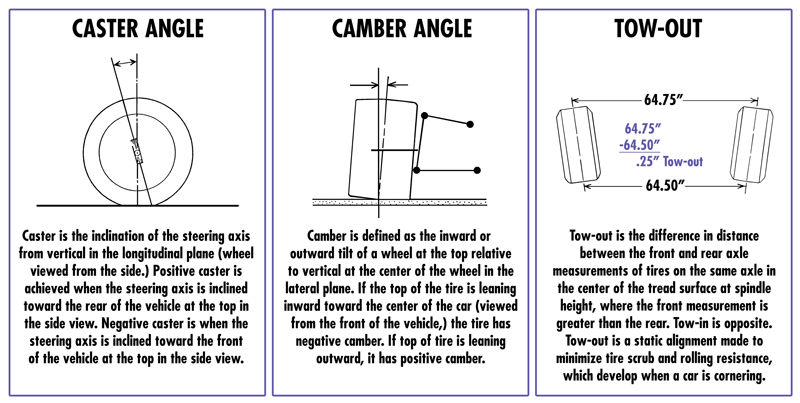 Experts strongly do not recommend doing this, because the safety of all road users depends on your actions.
Experts strongly do not recommend doing this, because the safety of all road users depends on your actions.
If on a dry canvas the car remains more or less controllable, then on a wet or icy surface it “swings” strongly to the right and left. To keep the car, you have to constantly adjust the direction of movement of the steering wheel. This unpredictable behavior significantly increases the likelihood of an accident. By the way, incorrect adjustment of the wheel angles quite often causes the vehicle to enter the oncoming lane and serious accidents.
Experts advise to adjust the wheel angles every 20 thousand kilometers. Unscheduled alignment will have to be done after:
But after replacing tires, stabilizers and shock absorbers, wheel alignment is not necessary.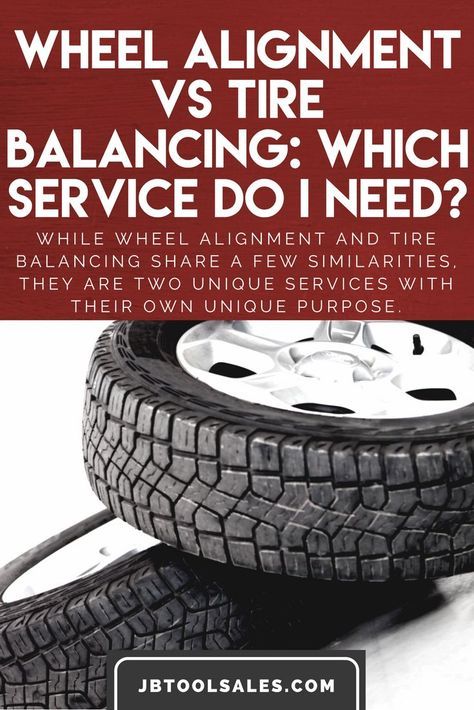
Before proceeding with the adjustment of the angle of the wheels, an experienced master performs a number of preparatory activities:
If the car has successfully passed all the tests, the wheel alignment is adjusted using modern equipment. Upon completion of the manipulations, you will receive a printout with the characteristics: the camber angle of the right and left wheels (for both suspensions) and the angle of convergence, the angle of movement of the car, etc. The values \u200b\u200bare shown here before and after adjustment.
A full range of car maintenance services (including wheel alignment adjustment) is provided by car service specialists of the official Peugeot FAVORIT MOTORS dealer.